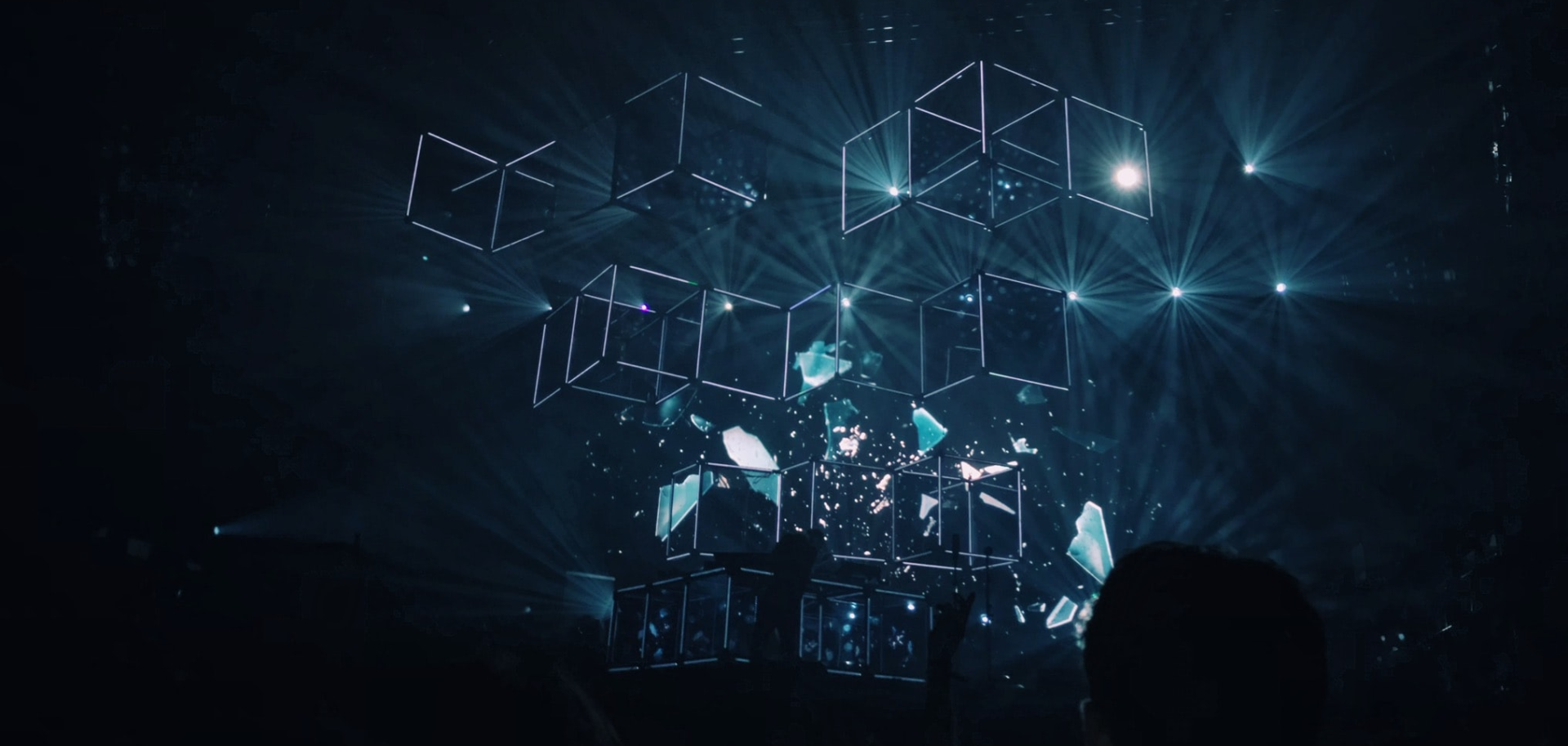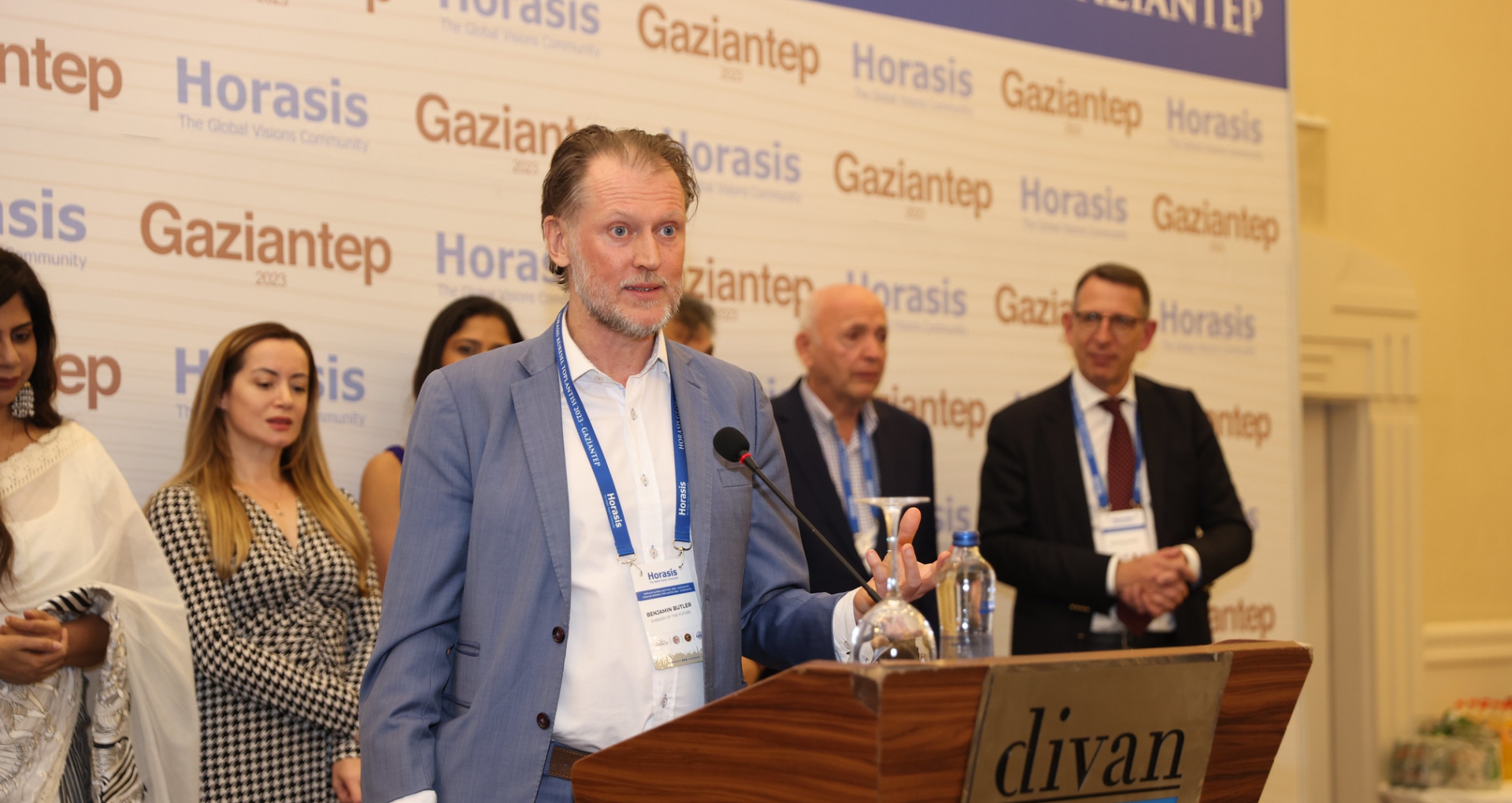Why Digital Twins Are the New Frontier for a Healthier Environment
In 2021, San Francisco took an unconventional approach to solve the problems triggered by urbanization—the city decided to use digital twins. This innovative technology allowed them to study the mobility patterns of people, cars, and port movements while identifying poor air quality hot spots to create a systematic plan for change.
And what is a digital twin? In a nutshell, it is the digital representation of a real-world item or system and encompasses anything from the functioning of a wind farm to the chemical patterns of antibiotics. In order to offer real-time insights, digital twins leverage several different technologies, such as artificial intelligence (AI), blockchain, big data, application programming interfaces (APIs), and virtual reality.
Although the industry is still in its infancy, one thing is clear: Digital twins are rapidly becoming mainstream and hold the potential to positively impact the environment. Did you know that the widespread use of digital twins can contribute to a 20% reduction in global carbon emissions in the next few decades? And this is just the tip of the iceberg.
Now’s the time to dive deeper into why creating digital replicas will be an effective tool for a healthier environment.
It’s easier to get critical insights into natural ecosystems
Can you imagine how laborious, time-consuming, and inefficient it would be to constantly observe thousands of trees, detect issues, and develop strategies to keep them healthy in traditional ways? Instead, Leoben, an Austrian city, will join forces with Greehill to create a digital twin of 3,000 trees to monitor the population online.
After panoramic images are taken (similar to the way Google does for Street view, but with higher resolution), Greehill will feed this information to an advanced machine-learning engine and create a digital twin of each tree.
Since real-world data continuously updates this digital twin, scientists can learn more about the trees, assess safety levels, and predict ecological developments. Moreover, they can develop a strategy to improve the health of natural ecosystems and cut air pollution or temperature in Leoben.
Another prime example would be the Iliad Digital Twin of the Ocean, an EU-funded project. With a digital twin of the ocean, scientists and engineers will be able to carry out advanced, real-time modeling and analysis for system performance and manage delicate engineering operations at sea.
The information exchange between marine ecosystems and the digital twin can also provide valuable insights into how human activities impact habitats, the efficiency of conservation efforts, and the richness of biodiversity. And being able to make more informed decisions will open up new opportunities to restore marine and coastal ecosystems, mitigate the risk of climate change, and support a sustainable blue economy.
Digital twins increase efficiency and reduce waste in production
According to a recent survey, 73% of respondents highlight that digital twin technology has helped their organization create more sustainable products while making the process less wasteful or more energy efficient. The technology achieves this by moving the product lifecycle’s prototyping, testing, and optimization stages to a virtual system.
With their digital twin solutions, companies like Gramener enable manufacturers to improve production and performance while letting them play with countless combinations of factors such as equipment, factory overhead, and supplies that could impact the process. As a result, manufacturers can improve product quality.
Last but not least, by creating a virtual model of products and monitoring the real-time consumption of bulk raw materials, production teams can find the most optimal way to use resources before starting the engine of the assembly line.
Thanks to this planning, businesses can prevent expensive and hard-to-extract raw material components from ending up in landfills—41% of companies agree that digital twins have made it easier to refurbish or reuse products.
The bottom line is that we are just scratching the surface of what we can do with digital twins in terms of creating healthier environments. But there is no doubt this technology will be core to improving sustainability efforts in upcoming years.



